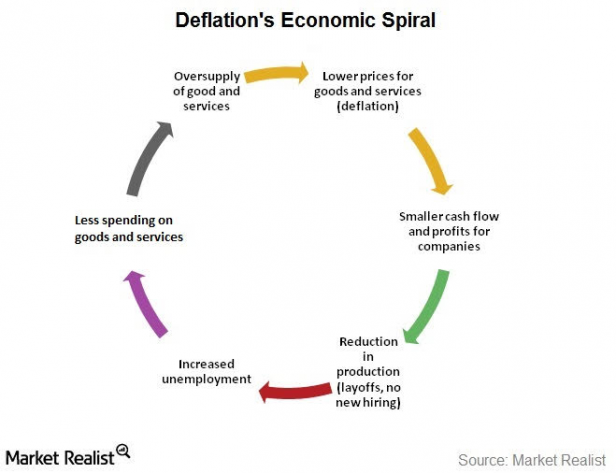The unprecedented pandemic of 2020 has been met with equally unprecedented responses by governments and central banks around the world. For now, the only certainty is uncertainty as we wait to see the effect these policies will have on global economies. Whether the trend is toward inflation or deflation remains to be seen. Advisors will want to keep watch over economic signals, as the strategies that make sense for each scenario are vastly different.
Why the Future Is Exceptionally Opaque
Today’s environment is unlike the recessions of the past 50 years. On the one hand, COVID-19 lockdowns have disrupted supply chains, forcing companies to halt production and lay off workers. At the same time, stay-at-home orders have caused consumers to spend far less on goods and services. This combination of massive shocks to both supply and demand is something the world hasn’t seen in recent history, and is part of the reason why future ripple effects remain unclear.
Reasons to Expect Inflation
Inflation describes an environment of rising prices in which consumers and businesses spend today in order to avoid having to pay higher prices in the future. Several factors could contribute to inflation in the next year, including:
- The Federal government’s $3 trillion in stimulus, with a budget deficit expected to top $4 trillion by year end.
- The Federal Reserve’s record-breaking lending and liquidity measures to keep the economy functioning. The Fed’s balance sheet now stands at $6.5 trillion.
- Prices for food and houses are expected to rise this year.
Clients expecting inflation may want to consider investing in securities that typically appreciate in value during times of rising prices, such as:
- Stocks of companies likely to thrive in a growing economy (growth stocks, emerging markets)
- Real assets, like commodities and real estate
- Shorter-term bonds, which can add to portfolio stability without as much risk from rising interest rates as longer maturities
- TIPS (Treasury Inflation-Protected Securities)
Reasons to Expect Deflation
Countries around the world have experienced a blow to growth as a result of the pandemic. Falling prices could lead to a vicious deflationary cycle in which consumers and businesses elect not to spend, anticipating lower prices in the future. In this environment, debt becomes larger in relation to income and profits (which decline), and wage cuts become widespread, along with bankruptcies and layoffs. That in turn could lead to a further decline in demand and possibly to economic collapse. A few reasons why deflation might be ahead:
- Unemployment in the U.S. is the highest since the Great Depression (14.7%).
- Gross domestic product (GDP) has dropped as consumer and business spending has decreased.
- Historically high debt levels across all sectors have weakened the economy’s resiliency.
Deflation creates a vicious cycle that is hard to break.

A client who expects deflation might want to consider investing in:
- Cash, CDs, money market funds
- High quality long-term bonds, which would perform well as interest rates decline
- Dividend-paying defensive stocks
- Gold
Finding the Path Forward
History shows that a deflationary spiral would be by far the worse of the two scenarios. With moderate inflation, rising prices provide a profit incentive for businesses to hire and spend. With deflation on the other hand, fear and uncertainty stifle demand, which leads to the vicious cycle shown in the graphic.
With the current state of the economy in flux, it’s a good time to steer clients back to the basics of investing that offer a measure of protection and a much-needed anchor during stormy times. These include finding a risk tolerance based on their time horizon and ability to handle volatility, finding the right asset allocation based on that risk tolerance, diversifying well within asset classes for a smoother ride, and rebalancing at regular, predetermined intervals.








 July 20, 2020 at 09:52 AM
July 20, 2020 at 09:52 AM







